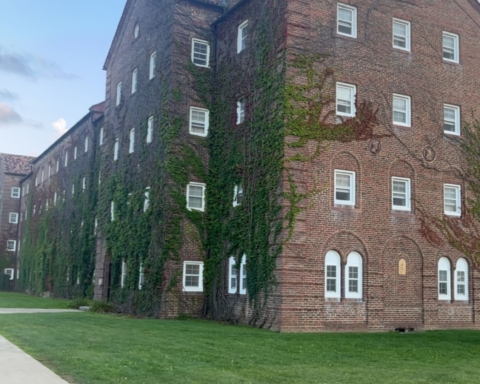By Gunnar Schifley, Staff Writer
Over the last decade, the United States housing market has been a topic of debate, due to the severity of the crashes in ’07 and ’08.
Lately, it looks as though markets may have stabilized as the economy has grown. Recently, as markets have become more volatile, different economic indicators are becoming even more valuable than usual in determining where the housing market is going.
A stable housing market has a mutually beneficial relationship with the economy and investors.
The most crucial way to gain insight into the housing market is to look into the multiple data releases associated with it. These pieces of data break into various areas and stages of the markets, which are beneficial to understanding the entire system.
The market has seen positive performance since this time last year.
New home sales were up 0.5 percent in February 2018 compared to February 2017. Housing starts were up 10.9 percent in March 2018 versus March 2017. Completions were up 1.9 percent in March 2018 compared to March 2017. These all point to increasing growth in the new home market over the last year.
Another area there has been growth in is existing home sales, which makes up a substantially larger portion of the market. Existing home sales were up 1.8 percent in February 2018 versus February 2017.
In culmination with the new home sales, it is said that the housing market looks to have strong overall growth.
Inventory becomes the next indicator.
New home inventory rose 16 percent in February 2018 compared to February 2017, while existing home inventory fell 8.1 percent during the same periods. This is a cause for concern, as the supply for existing homes on the market available to consumers is being outpaced by the demand and new home supply is outpacing demand.
New homes are more expensive than existing homes, increasing mortgage rates.
Over the last year, mortgage rates raised to 4.42 percent for a 30-year fixed, 3.87 percent for a fifteen-year fixed and 3.62 percent for a five-year adjustable.
As the cost of capital continues to increase, there could be an increase in the demand for less-expensive homes, which would increase demand for existing homes more than new homes. From January to February 2018, existing home sales and existing homes inventory grew closer to par at 4.2 percent and 4.6 percent, respectively; that aspect of the market may come closer to balancing as the year continues.
There is a very seasonal risk to the market due to natural disasters, such as worse-than-expected winters. This year, February to March saw a decline in starts and completions, but overall year-to-year growth looks to be positive, despite multiple snow storms. The effect of this winter looks to be minimal on growth in the market, and going into the spring, investors could look to increased paces in new homes and construction at a rate higher than expected if economic projects hold.
Economic growth has been healthy recently and the outlook from the Fed continues to be positive. This has helped calm some of the volatility in the overall markets during a time when many events have been unnerving some investors. If stability in the housing markets can continue and the economy continues to grow steadily, investors can start looking for some stability in the markets going into the summer after a volatile start to 2018.






